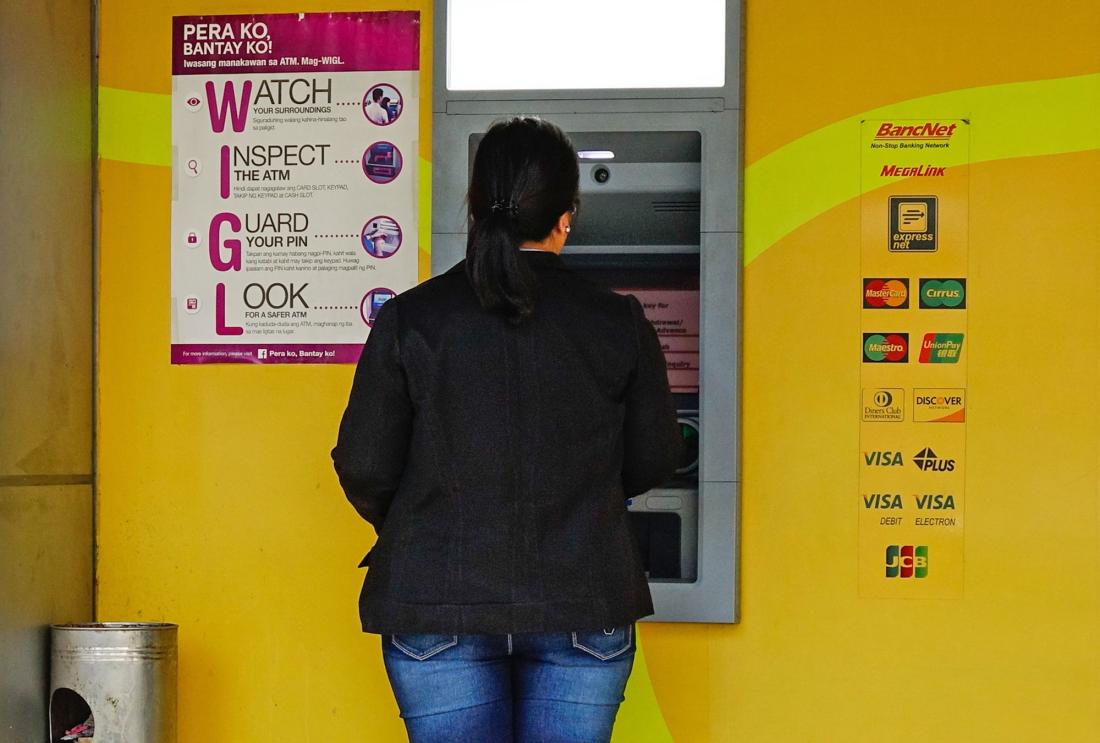Commitment Savings Products in the Philippines
- Men and boys
- Women and girls
- Empowerment
- Women’s/girls’ decision-making
- Savings/deposits
- Commitment devices
- Information
- Savings
A growing literature on intra-household bargaining finds that increases in female share of income, regardless of any other changes, can provide women with more power within the household. This can lead to an allocation of resources that better reflect preferences of women, including education, housing, and nutrition for children. Researchers designed and implemented a commitment savings product called a SEED (Save, Earn, Enjoy Deposits) account, which restricted access to savings, thus potentially helping with either self-control or family-control issues. After one year, the commitment savings product led to increased savings and more decision making power in the household for women.
Policy issue
A growing literature on intra-household bargaining finds that increases in female share of income, regardless of any other changes, can provide women with more power within the household. This can lead to an allocation of resources that better reflect preferences of women, including education, housing, and nutrition for children. Many development interventions have thus focused on transferring income as a way of promoting empowerment, and argue that these empowerment mechanisms justify increased attention and financing to microfinance institutions (MFIs), perhaps including subsidies. However, there is little rigorous evidence to confirm that expanding financial access and usage can promote female empowerment.
Context of the evaluation
Over the past several decades, savings in the Philippines has largely stagnated. In the 1960s, the domestic savings rate was over 20 percent of GDP, making it one of the highest in Asia. At present, the country's savings rate hovers between 12 and 15 percent - far below the level of savings for most East Asian countries, which ranges from 25 to 30 percent.1 Low savings are believed to contribute to the country's slow economic growth compared to the rest of the region. Past studies have led to a belief that Filipinos are consumption-oriented, with little desire or capacity to save. Filipinos are believed to use credit primarily for daily needs, and bankers report that salary deposits are often withdrawn within the same day. However, there is evidence to suggest poor and low-income Filipinos do save, or at least have the capacity to do so, as informal savings mechanisms appear to be widespread throughout the country.

Details of the intervention
The Green Bank of Caraga, along with researchers, designed and implemented a commitment savings product called a SEED (Save, Earn, Enjoy Deposits) account. The SEED account provides individuals with a commitment to restrict access to their savings, thus potentially helping with either self-control or family-control issues. Each individual defines either a goal date or amount, and is subsequently unable to withdraw from the account until the goal is reached. Other than providing a possible commitment savings device, no further benefit accrued to individuals with this account: the interest rate paid on the SEED account is identical to the interest paid on a normal savings account (4 percent per annum).
Researchers trained a team of marketers hired by the partnering bank to visit the homes or businesses of existing bank clients in the commitment-treatment group, to stress the importance of savings to them. This process included eliciting the clients' motivations for savings, and emphasizing to the client that even small amounts of saving make a difference; marketers then offered them the SEED product. Another group of individuals (the marketing-treatment group) received the exact same marketing script, but was not expressly offered the SEED product.
The field experiment sample consists of 1,777 Green Bank clients who have savings accounts in one of two bank branches in the greater Butuan City area, randomly selected for the baseline interview. A second randomization assigned these individuals to three groups: commitment-treatment (T), marketing-treatment (M), and comparison (C) groups. One-half the sample was assigned to T, and a quarter of the sample was assigned to each of groups M and C.
After one year, a follow-up survey was conducted to assess (1) inventory of assets (to measure whether the impact on savings represented a net increase in savings or merely a crowd-out of other assets); (2) impact on household decision making and savings attitudes; and (3) impact on economic decisions, such as purchase of durable goods, health, and consumption.
Results and policy lessons
Savings Product Take-up: Twenty-eight percent of those who were explicitly offered the SEED product opened an account. After twelve months, about half the clients had deposited money into their account beyond the initial opening deposit, and one third regularly made deposits. It appears that SEED helped about 10 percent of the treatment group to save more.
Impact on Savings Balances: For the commitment savings group, average savings balance increased by 42 percent after six months and by 82 percent after one year. This increase in savings also does not appear to crowd out savings held outside of the participating bank.
Household Decision Making Power: The SEED product leads to more decision making power for women in the household, and likewise an increase in purchases of female-oriented durable goods. The outcome was measured as a decision-making indicator, calculated as the average of responses across nine decision categories (expensive purchases, assistance given to family members, recreational use, etc). Findings indicate that assignment to the treatment group leads to between 0.14 and 0.25 standard deviation increase in a decision making index.
Self-Perception of Savings Behavior: Results also indicate that the SEED product leads women who report themselves as favoring present consumption over future consumption in a baseline survey to self-report being a disciplined saver in the follow-up survey. The results here suggest that commitment features, in particular loss of liquidity combined with sole control of the account, are particularly appealing to people with greater self-control and have positive impacts on female decision-making power.
Lavado, Rouselle F., "Effects of Pension Payments on Savings in the Philippines," International Graduate Student Conference Series, East-West Center. Nov 23, 2006. https://www.eastwestcenter.org/fileadmin/stored/pdfs/IGSCwp023.pdf. (Accessed November 4, 2009)



